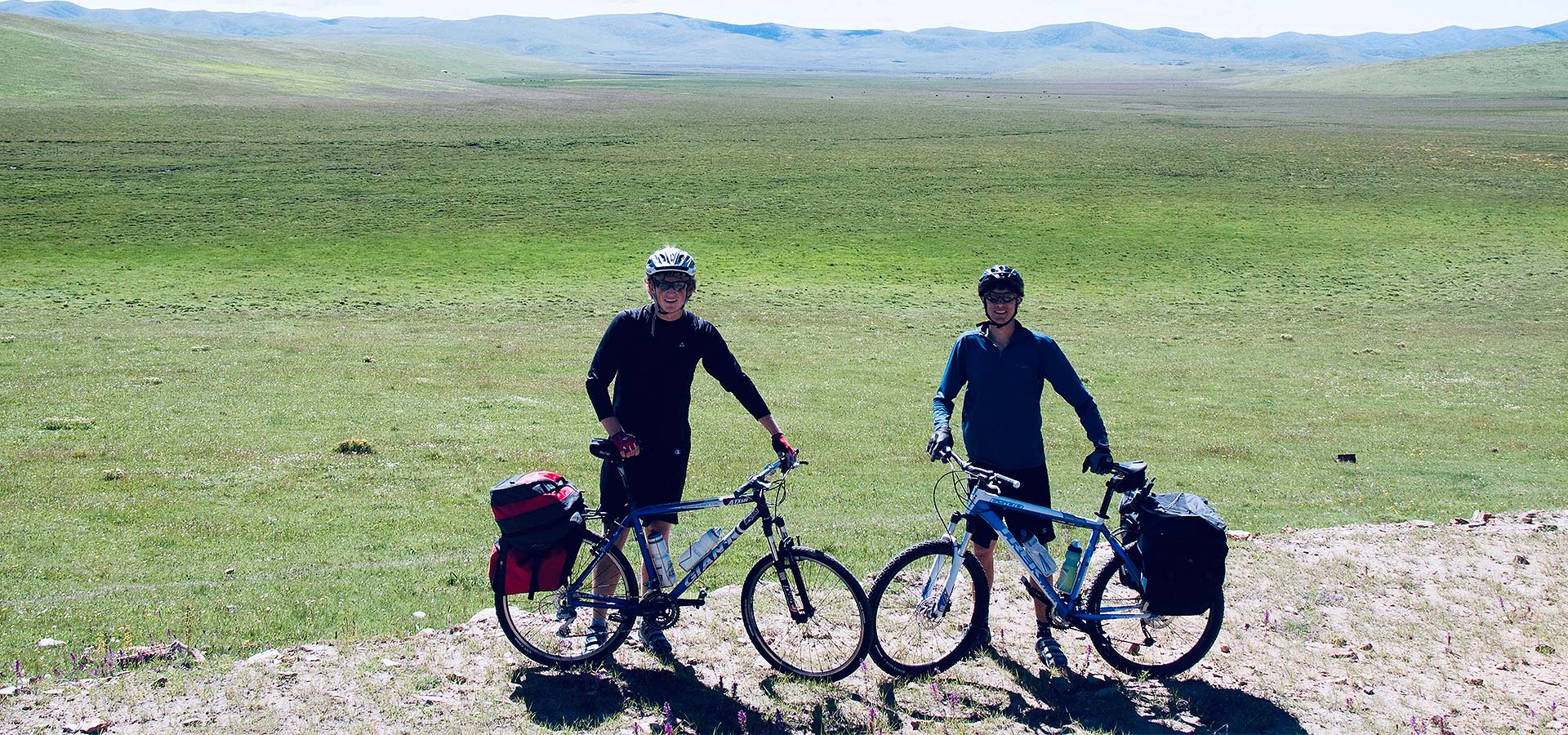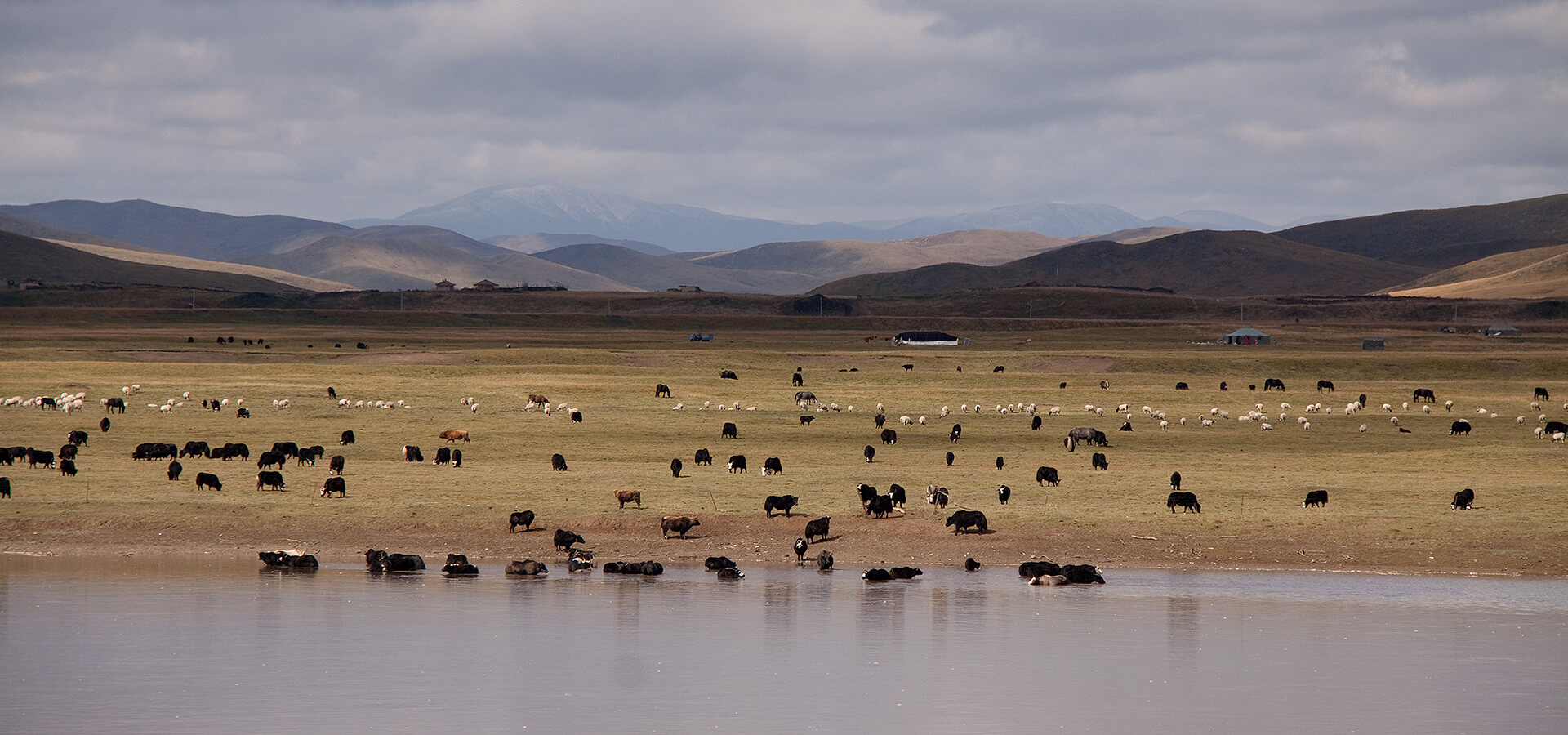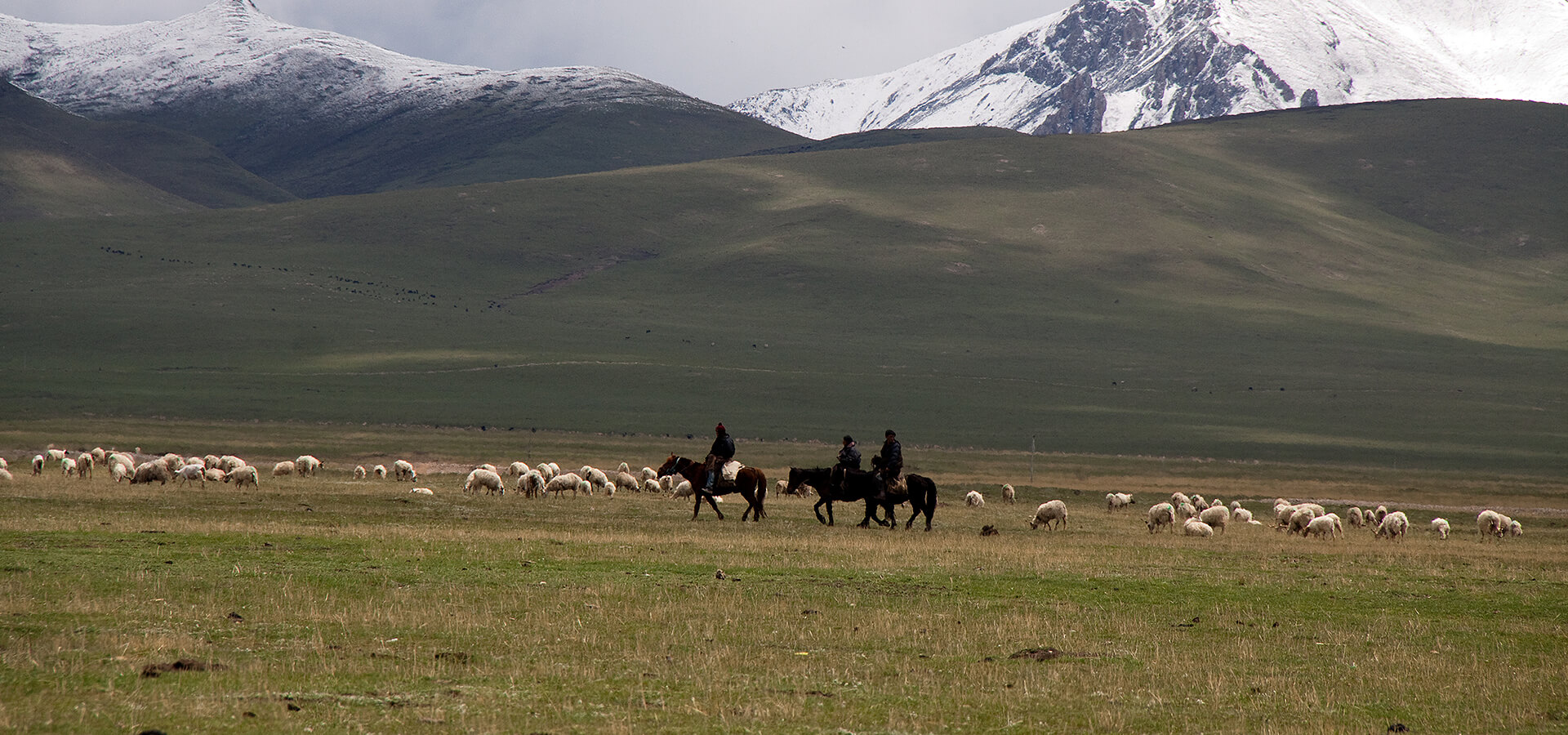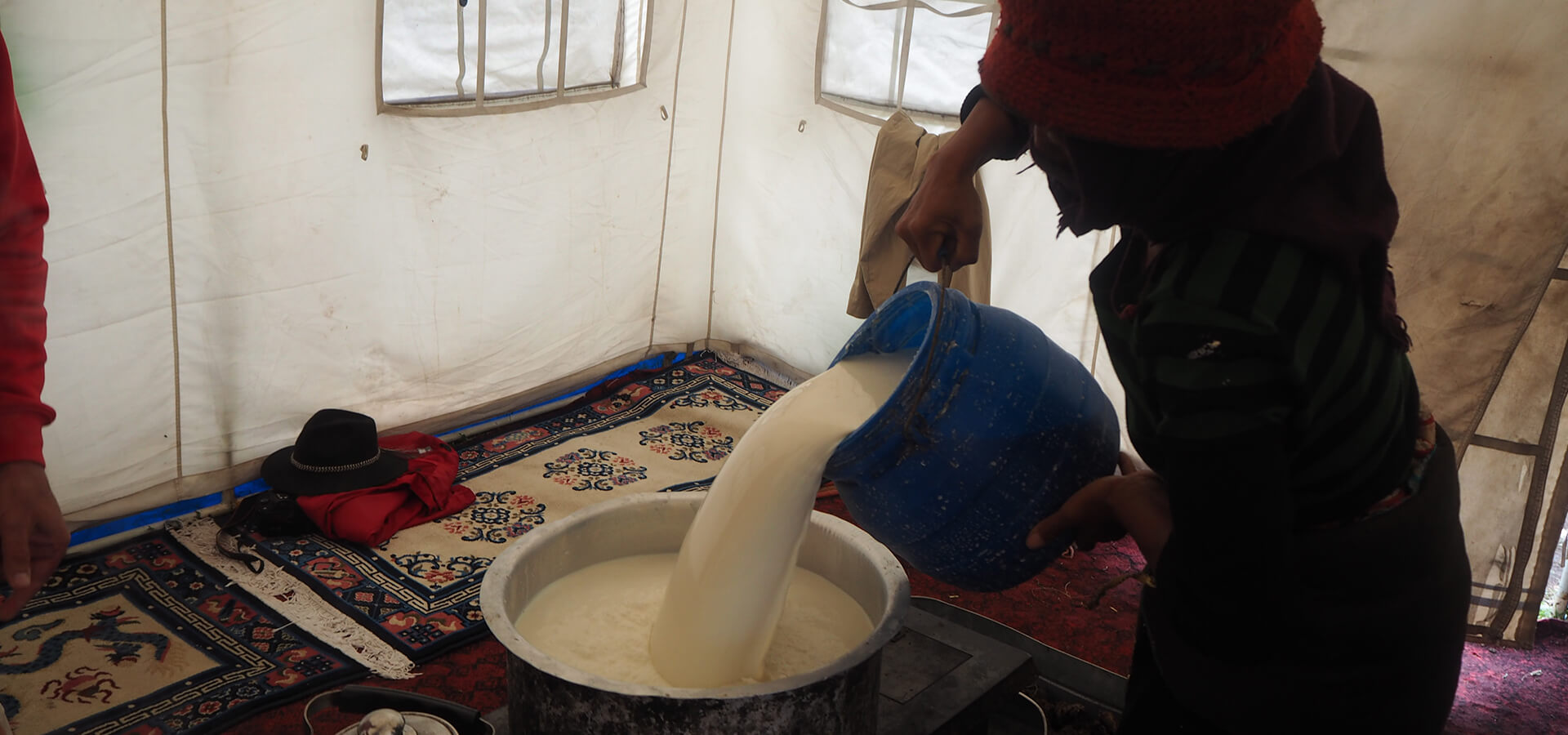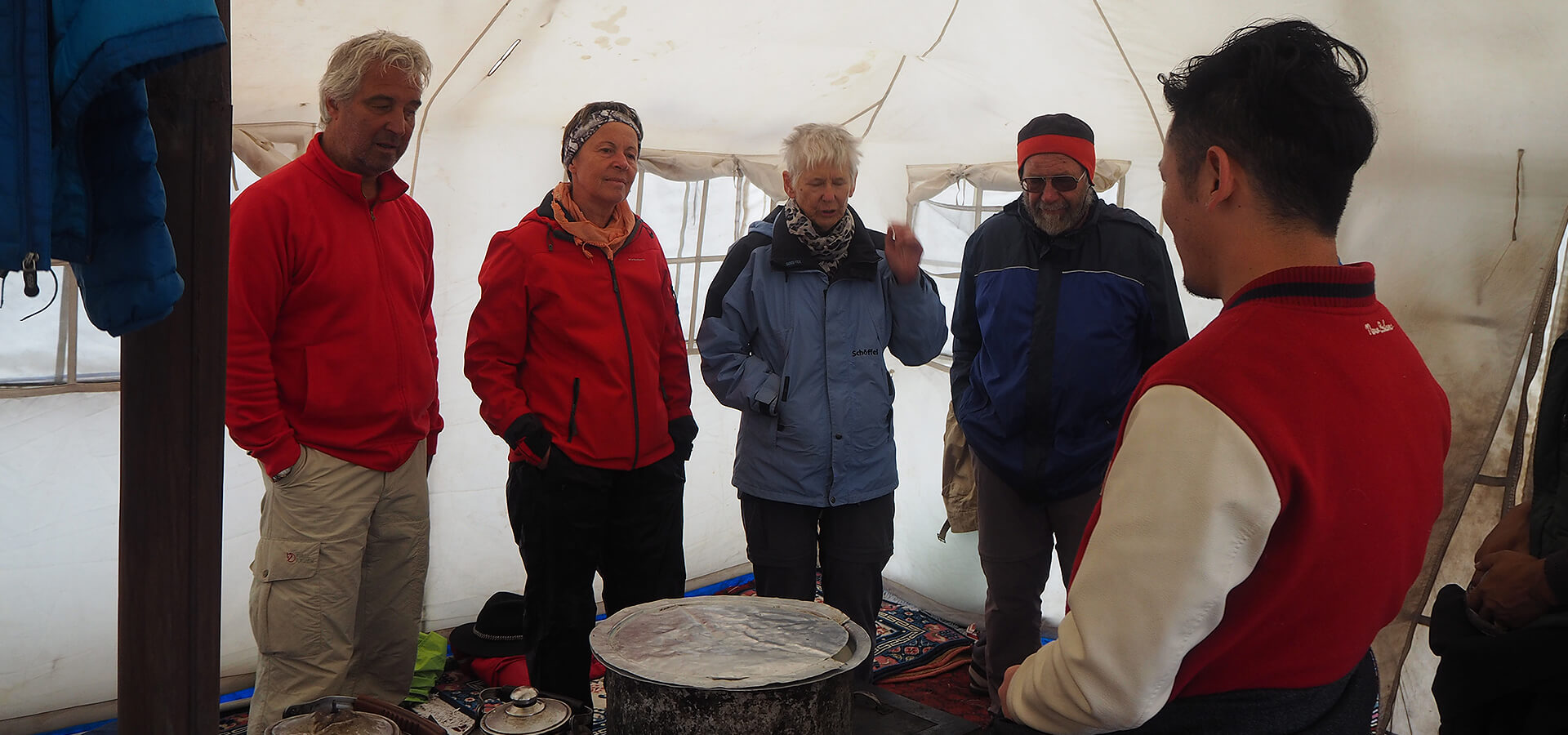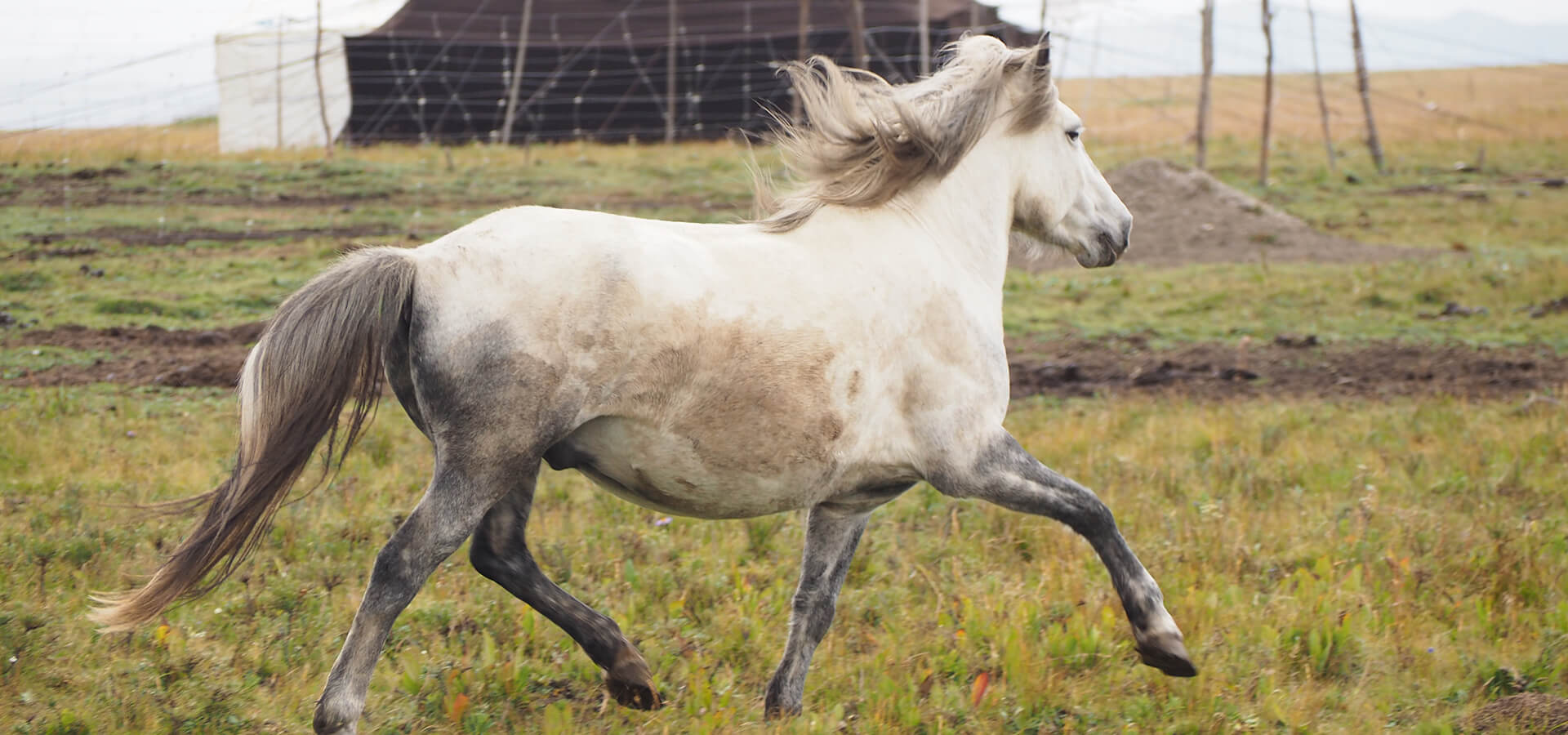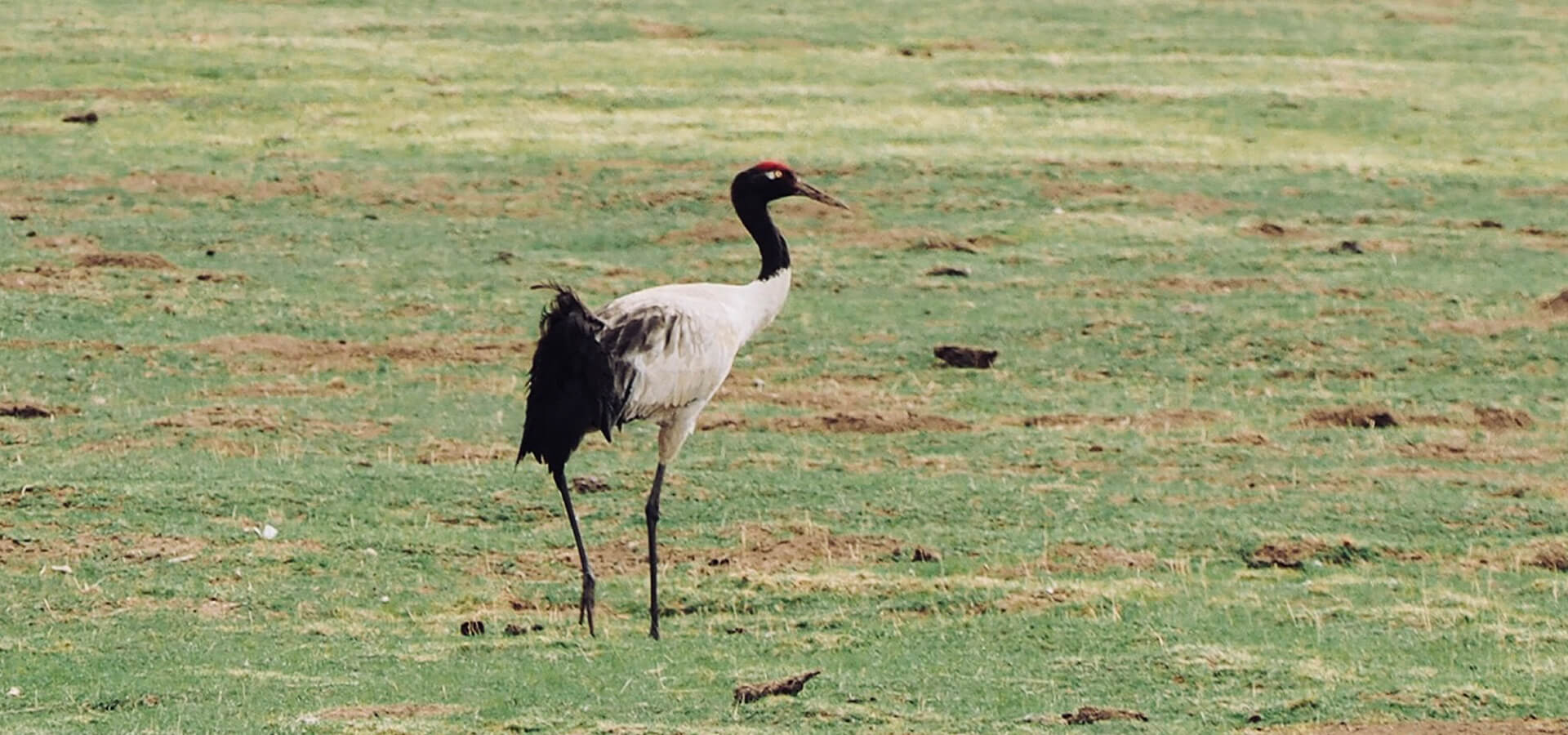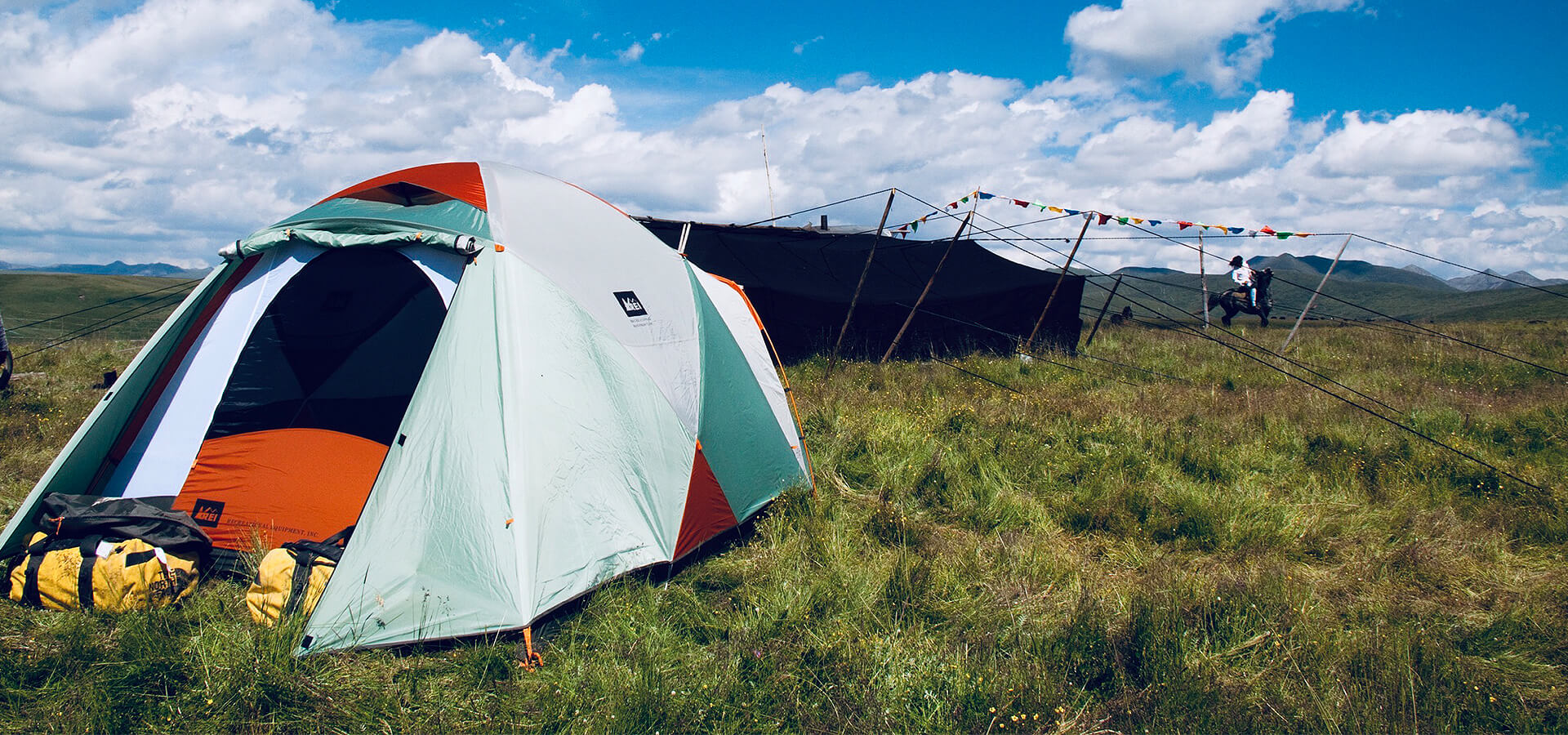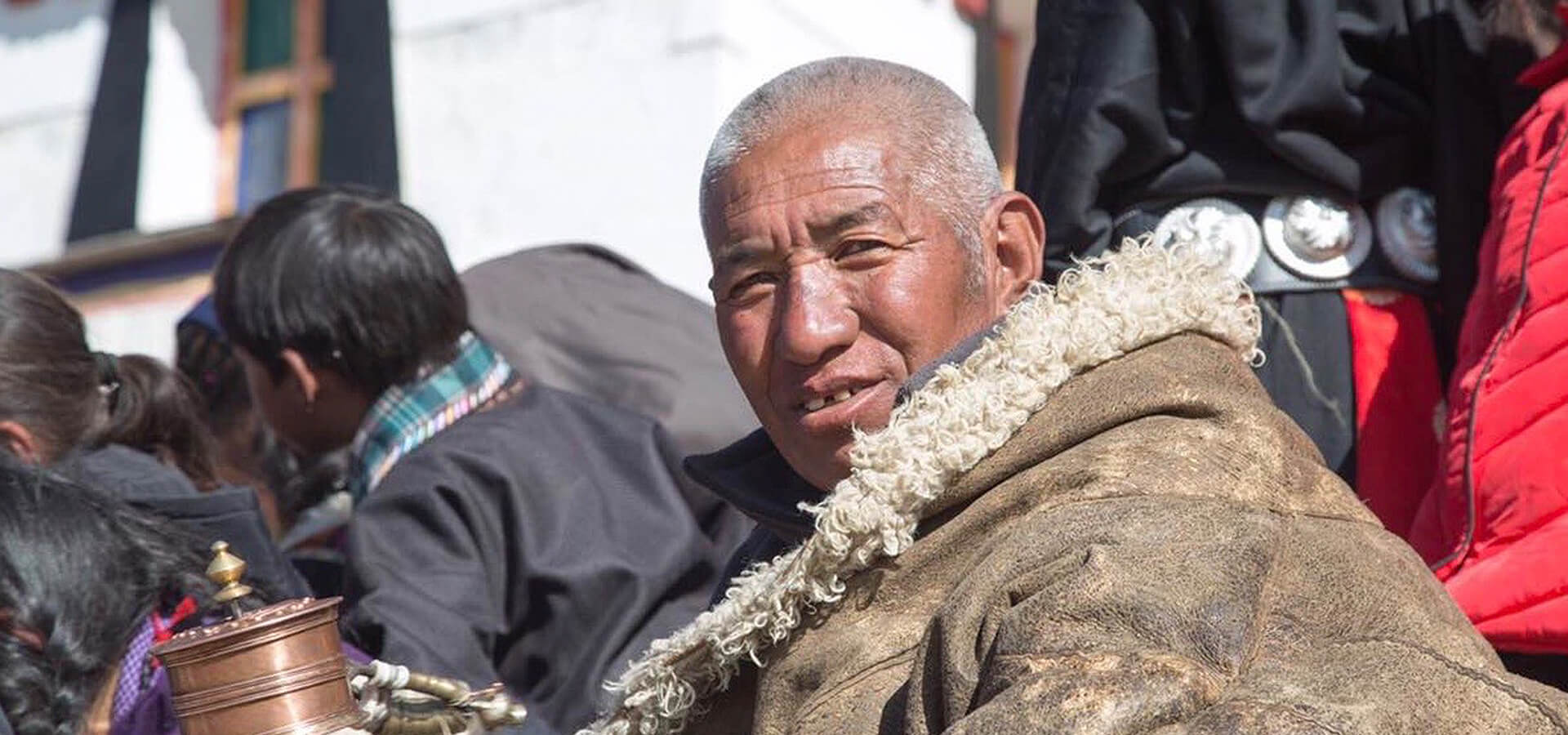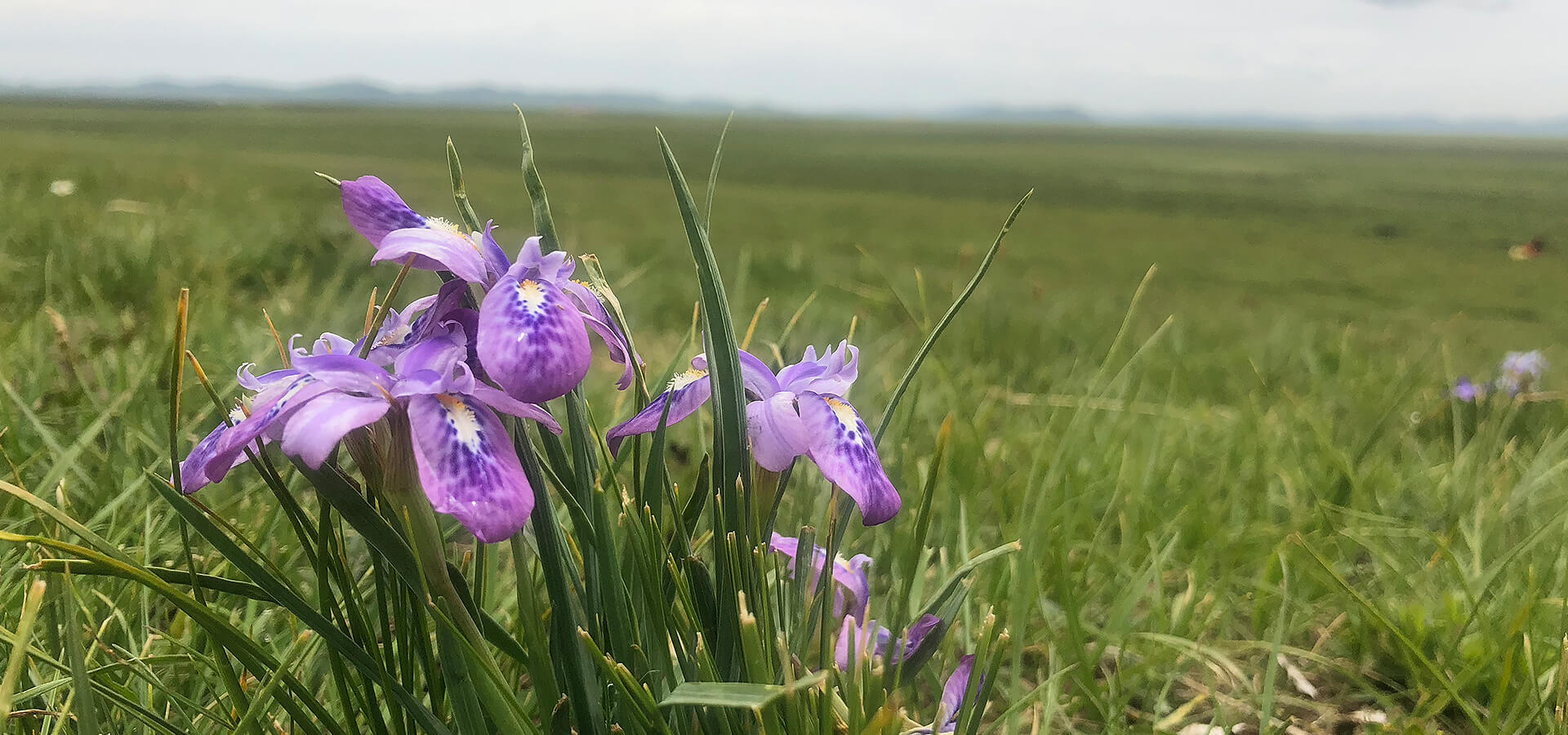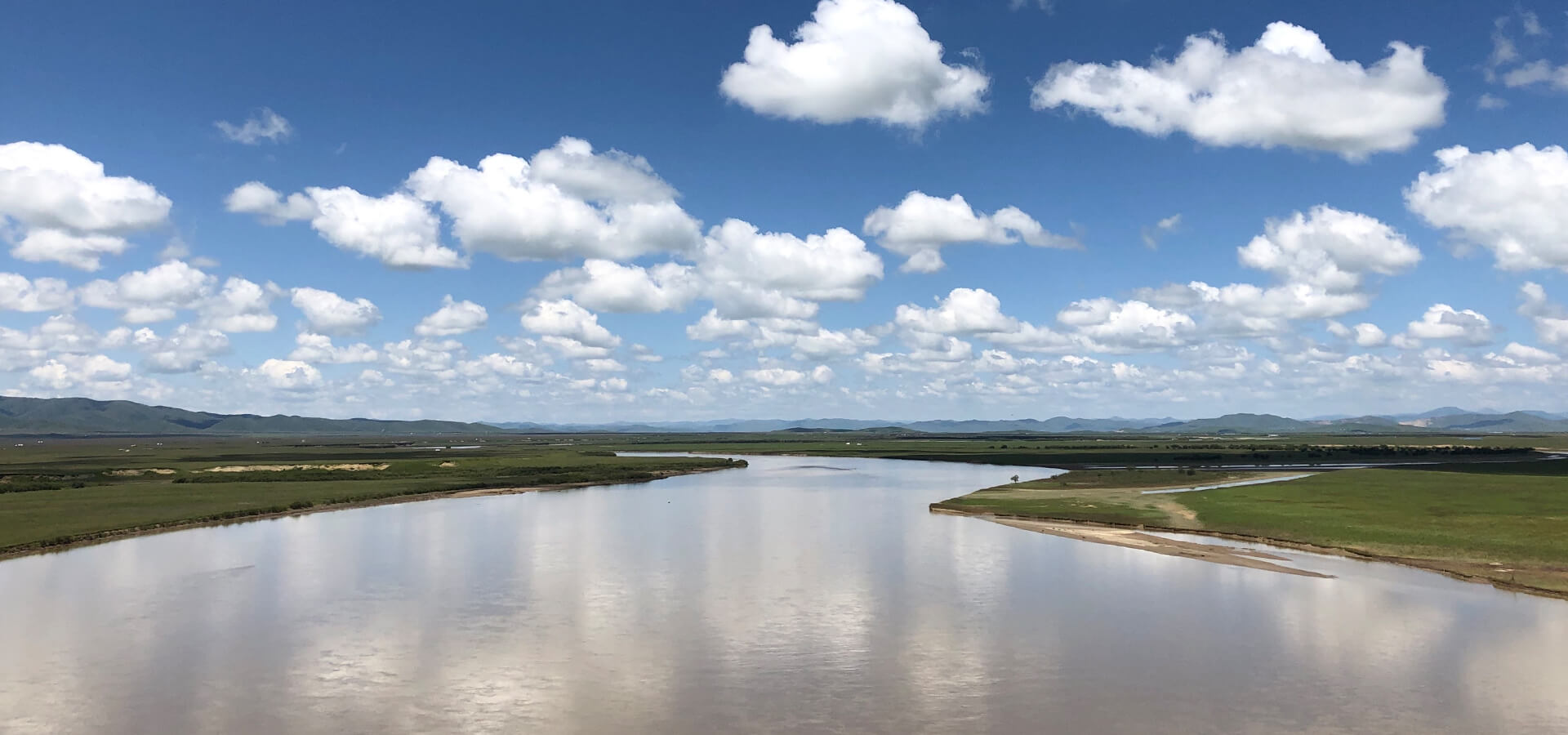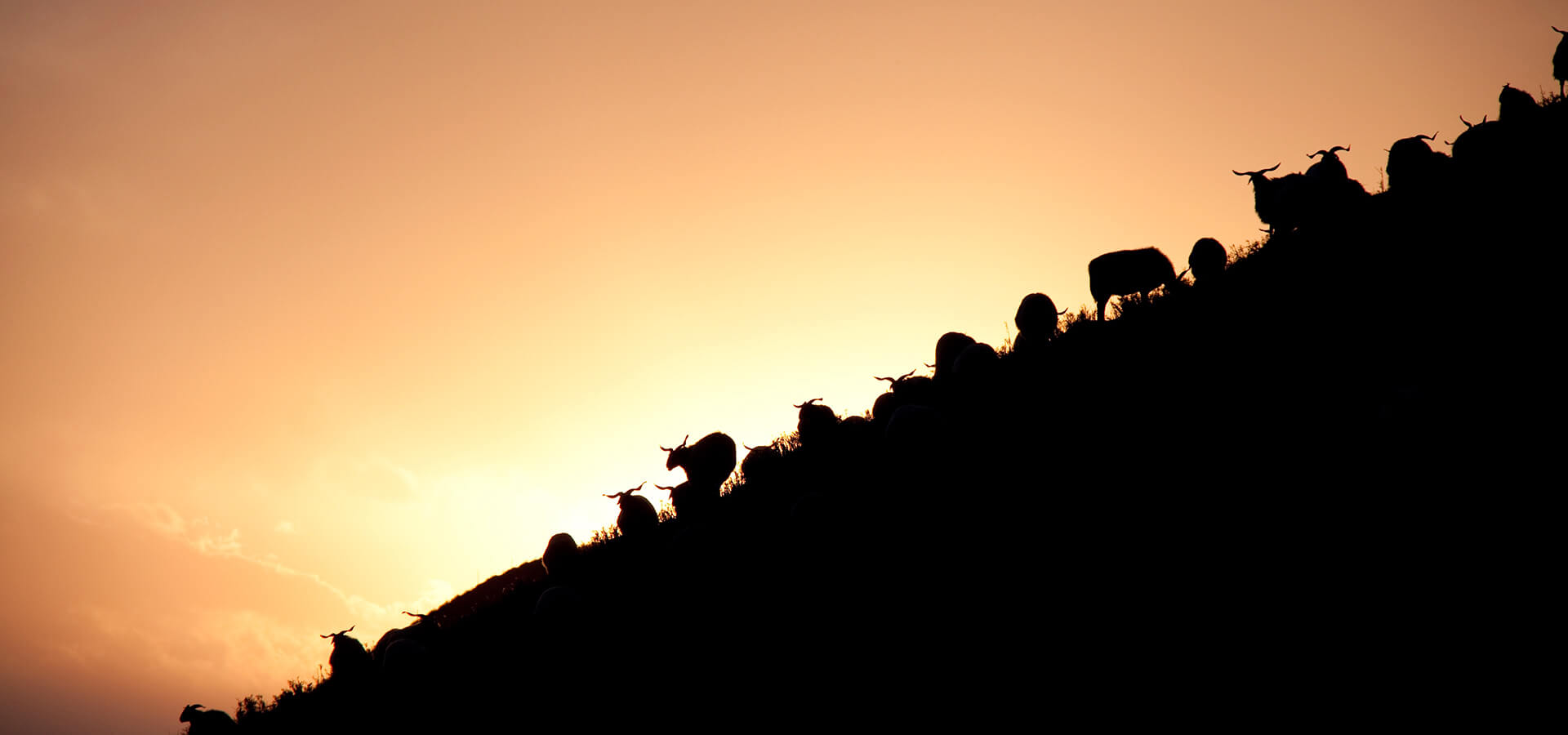Tangke - Zoige Grasslands - The Yellow River
Introduction to Tangke, the Zoige Grasslands and The Yellow River
Zoige, or Ruo Er Gai in Chinese, is the largest grassland region on the Tibetan Plateau. The numbers of sheep, yak, and horses far outnumber the people here. Though the average altitude of the region is about 11,150ft (3400m) above sea level, much of the region is considered marshland in the summer. Vast mountain ranges on the north side of the county divide the water between the Yellow and the Yangtze rivers.
The White River, which is the first major tributary to join the Yellow River, meets the Yellow River on the Northwest edge of the county. Local Tibetans in Tangke refer to this meeting as a marriage between a husband (The White River) and wife (The Yellow River).
Key Cultural Sites and Observances in Tangke
Most monasteries in Zoige are of the Gelugpa Order, or Yellow Hat Sect, of Tibetan Buddhism. The largest is Kirti Monastery in Langmusi. There are also mid-sized monasteries located in Ruo Er Gai town, Tangke, and Hongxing. These monasteries observe rituals according to the Tibetan calendar but many of them are small in comparison to religious centers like Labrang and Langmusi.
Because the region is known for its horses and other livestock, horse racing has become very common throughout the summer months. While there are designated tracks for these events, it is also popular for smaller events to pop up in local communities.
Adventure Opportunities in Tangke
The small Tibetan town of Tangke is home to the first major bend of the Yellow River. Cycling in this region is incredible. Though it is high in altitude, the area is relatively flat compared to neighboring Tibetan regions.
Many people choose to come to the region for birding. The National Wetland Park that stretches throughout much of the county is part of the migratory route for the Black Neck Crane and these birds are often seen between late May-July. The area is also home to foxes, wolves, marmots, and deer.
Hiking is also an option at the Nomad Experience Site operated by Adventure Access. Over the past 10-15 years the Tibetan tribes in the region have divided the land between individual families for grazing. Fences are more common than long ago and the land is considered “private” so setting off across the vast landscape is not appreciated by the locals who take the protection of the grass very seriously.
Best Time of Year to Visit Tangke
The high grasslands on the Eastern Tibetan Plateau are categorized as subarctic or boreal due to the extreme altitude of the region which means the winters are long and the summers are short and cool. Such regions have some of the most extreme seasonal temperature variations. The locals say there can be four seasons in one day and we have experienced that on more than one occasion. We’ve even seen it snow in July!
July and August are the best time of year to enjoy warmer summer days. June is great for sighting Black Necked Cranes.
Our Story with Tangke
We first visited Tangke in 2001 when there wasn’t a paved road or parking lot within 100 miles. There wasn’t the common puttering of motorcycles that fills the air today. Rather, there was the clanking of horseshoes on the hardened, stony ground. There were hitching posts for nomads to tie up their horses while they bartered, traded, or drank tea with their friends.
We fell in love. The place felt like you had stepped back in time 200 years. In many ways it still feels that way today. The town has grown, but it is mostly just a glorified village. The main tourist attraction is 6 miles outside of town and keeps most people away for the day, only to return to their hotels in the evening. The locals dominate the streets and restaurants.
We’ve biked and explored this region for years. I still remember the first time we cycled out to the Yellow River, about 15 miles upstream from town, only to have our breath taken away by the scene that unfolded before us (and maybe the lack of oxygen in the air)! That very spot is now home to our Nomad Experience. And it still takes our breath away every time we go. It’s here that we’ve celebrated Losar on numerous occasions and attended the wedding of dear friends. We’ve cheered the nomads on in summertime horse races. We’ve collaborated on environmental projects. We’ve participated in one of China’s best documentaries on Tibetan life. Tangke truly is home. It is here that we feel most free to roam.



